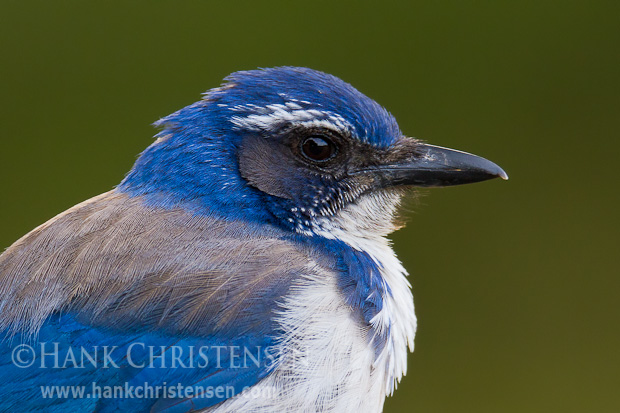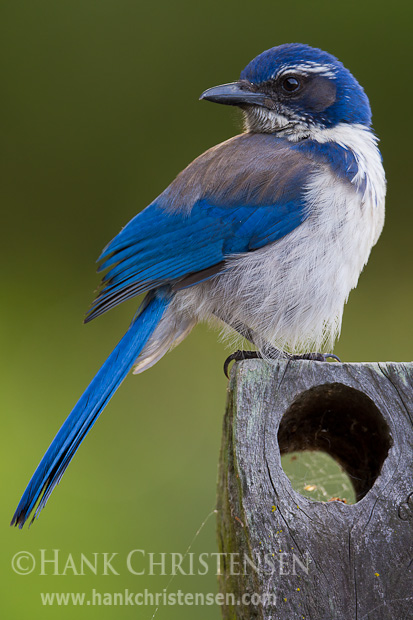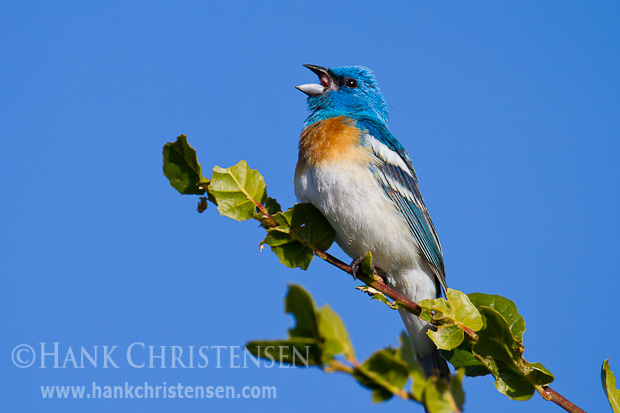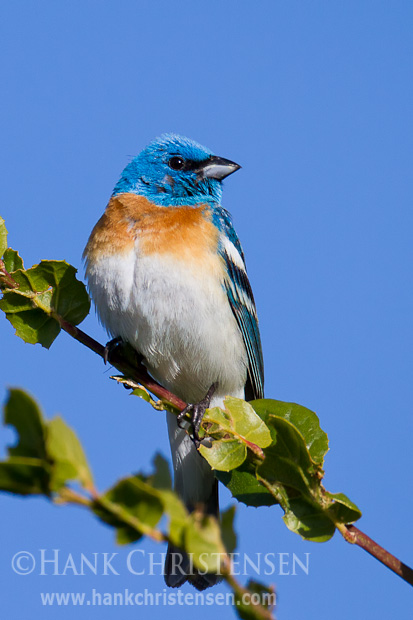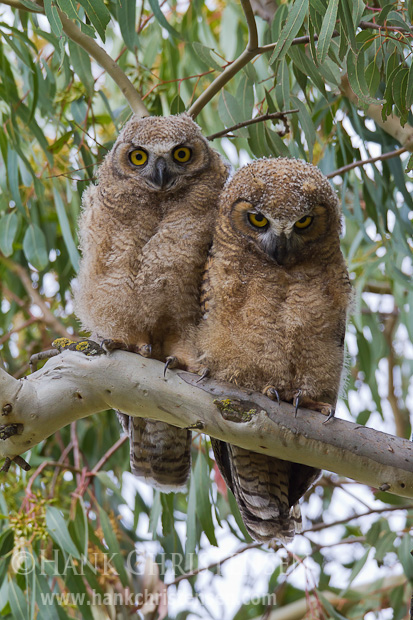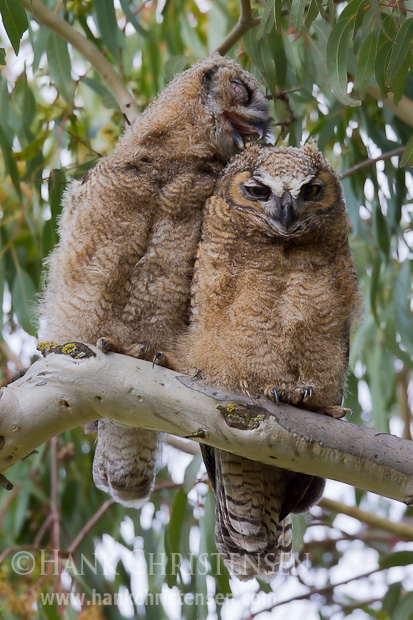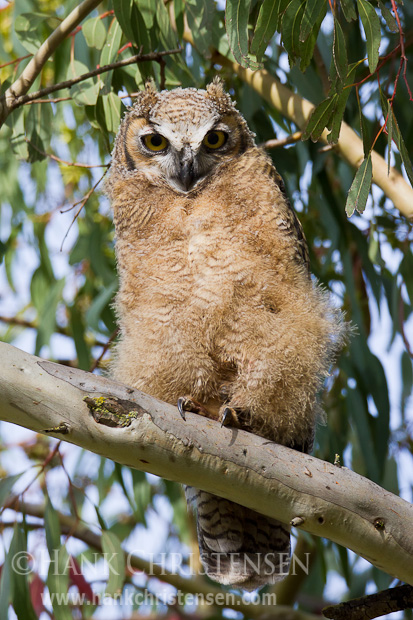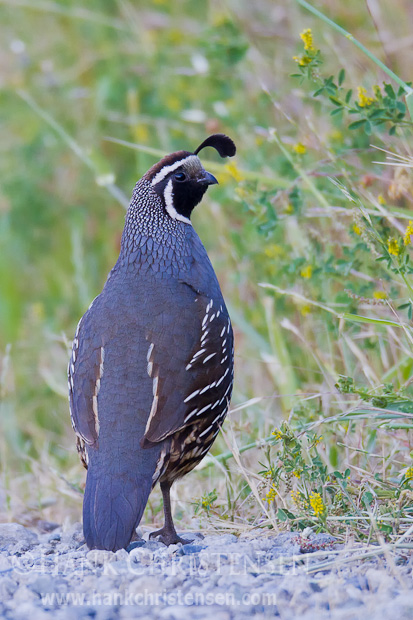
The California quail is a very common bird, but one that is difficult to photograph. I usually only see them scampering from underneath one bush to the next, or flushing from a bush with a great commotion (and giving me a heart attack!) if I approach too closely. If there are other people around making any kind of noise, you can forget about any kind of photo. The only shots I have gotten in the past are of a quail streaking off into the forest.
A couple of weeks ago, I lucked upon one poking around for food on the ground out in the open. It was after sunset, and getting dark quickly. I was alone and trying to move quietly, hoping to see some wildlife before they saw me. When I rounded the corner and saw the quail, my heart skipped a beat and I silently lowered my tripod and prepared my camera.
It is then that I made a classic photographer mistake: I failed to recheck all of my camera settings from my previous shots. I had just been shooting a small song bird on a branch, surrounded by bright white sky. This required an exposure compensation of + 1 2/3 stops, in order to prevent the bird from being rendered as a dark silhouette. As soon as I saw the quail, I readjusted all the other important settings (shutter speed, aperture, ISO) but failed to realize I was over exposing. Luckily the magic of shooting in RAW format saved me, and I was able to recover any blown highlights. However, if I had exposed using a lower compensation (probably +1/3 or +2/3 would have worked here), I could have shot faster than the very slow 1/160 seconds that I used here. Thankfully I had locked down the gimbal head and the quail granted me with a brief over-the-shoulder glance, and I was able to come away with a decent shot.
This shot reaffirmed an old lesson – always know your settings. Sometimes if one setting is off, your images may be ruined, and it is not always immediately apparent from the camera’s LCD. I know wildlife photographers who always reset their cameras to a basic setup whenever they are finished photographing a particular subject. This is especially important in situations with varying light conditions. I know I’ll be following that lesson in the future!

